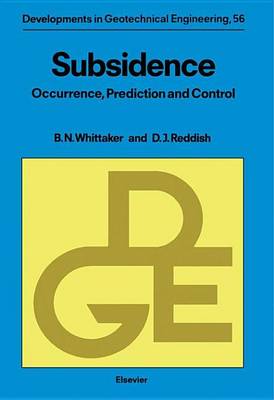Developments in Geotechnical Engineering
2 total works
v. 71
Rock fracture mechanics plays an important role in rock engineering. Designing rock structures to resist or minimise fracture occurrence or development is an important facet in rock structural engineering. Conversely, in some rock mechanics situations knowledge of exploiting the fracture behavioural properties of rocks in particular stress field conditions forms an important function in a number of processes ranging from hydraulic fracturing to blasting. This volume aims at providing the basis for making fracture mechanics assessments of rock behaviour as applied to a range of engineering situations. Attention is focussed on basic theories, analytical treatments and published data on field and laboratory observations. Applications of fracture mechanics principles to rock engineering fields are discussed and these include hydraulic fracture propagation and in situ stress determination, rock fragmentation by cutting and blasting actions, rockburst problems and slope stability assessment. The book contains over 800 references, and is supported extensively by equations, tables of data, diagrams, graphs and photographs.
Surface subsidence is recognised as a problem in most countries, particularly those with significant mining and other underground resource extraction industries. This book addresses the problems relating to subsidence whether caused naturally, or arising from mining or other forms of underground extractive activity. The main purpose of this book is to bring together subsidence knowledge, experiences and research findings in many countries and rationalise such information especially in respect of its particular field of application. Emphasis has been given to collating field data on subsidence from different countries in order to make direct comparisons. Prediction of subsidence, particularly its occurrence and general characteristics has been seen as an important area where the book can contribute significantly in terms of reviewing available knowledge, methods, scope of application and orders of accuracy achieved. The book also examines methods of controlling subsidence and discusses the response of surface structures to and protection against subsidence.

